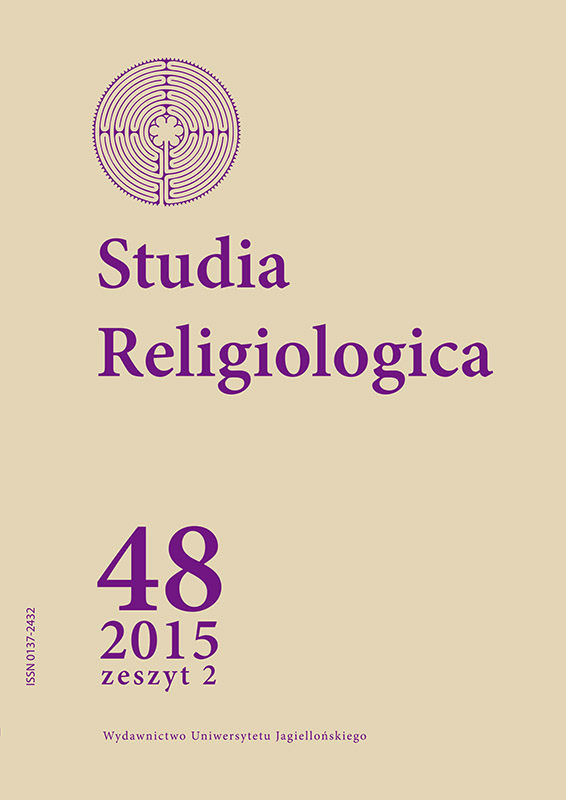Purity and Impurity in Nondualistic Śaiva Tantrism
Purity and Impurity in Nondualistic Śaiva Tantrism
Author(s): Raffaele TorellaSubject(s): Theology and Religion
Published by: Wydawnictwo Uniwersytetu Jagiellońskiego
Keywords: India; purity; impurity; nondualistic Śaivism; Somānanda; Abhinavagupta; Tantrism;Brahmanism
Summary/Abstract: Indian civilisation has been strongly characterised by the work of containment erected by the Brahmanical elite over the almost two thousand years of its grandiose attempt at culturally and socially dominating the Indian world as a whole. Lacking any direct power, the Brahmans have replaced it by successfully imposing, as an alternative, an opposition between purity and impurity that has marked every aspect of Indian culture: purity of spirit, purity of philosophy, purity of rites, purity of language, purity of social and religious conduct, etc. Nondualistic Śaiva Tantrism’s response starts by questioning the legitimacy and very basis of the division between pure and impure, destined to crumble progressively beneath the thrust of deliberate “non-dual” behaviour (advaitācāra). Purity or impurity are not properties of things. They are qualifications pertaining to the knower depending on whether he perceives the object as united with consciousness or not. “Impure is what has fallen away from consciousness: therefore everything is pure if it has achieved identity with consciousness.” Moreover, if Śiva “is” the universe, there may be no impurity. In the Tantric texts special emphasis is laid on the necessity to overcome śaṅkā (“hesitation, inhibition”), viewed as the ultimate purpose of the Brahmanical rules concerning purity/impurity, acting as a subtle and effective instrumentum regni.
Journal: Studia Religiologica. Zeszyty Naukowe Uniwersytetu Jagiellońskiego
- Issue Year: 48/2015
- Issue No: 2
- Page Range: 101-115
- Page Count: 15
- Language: English

